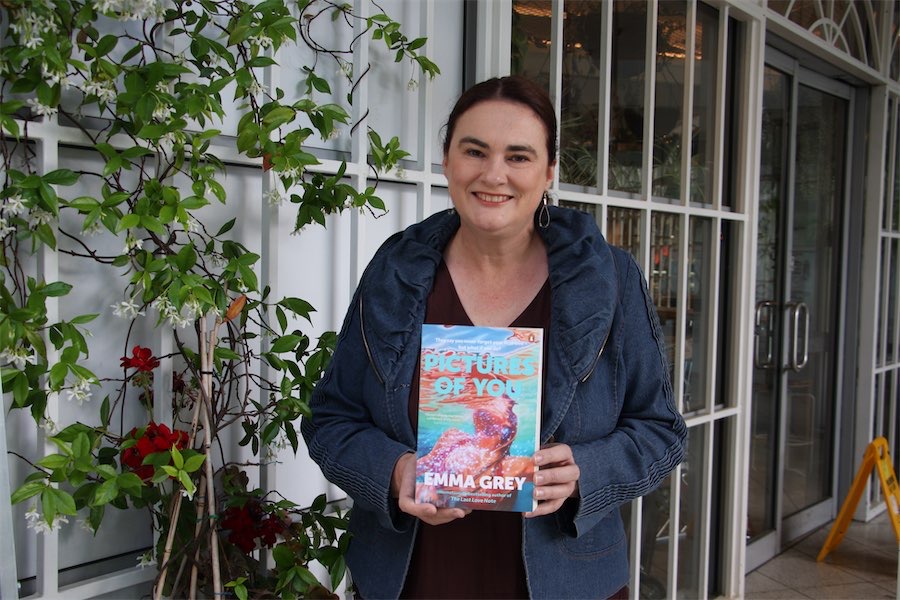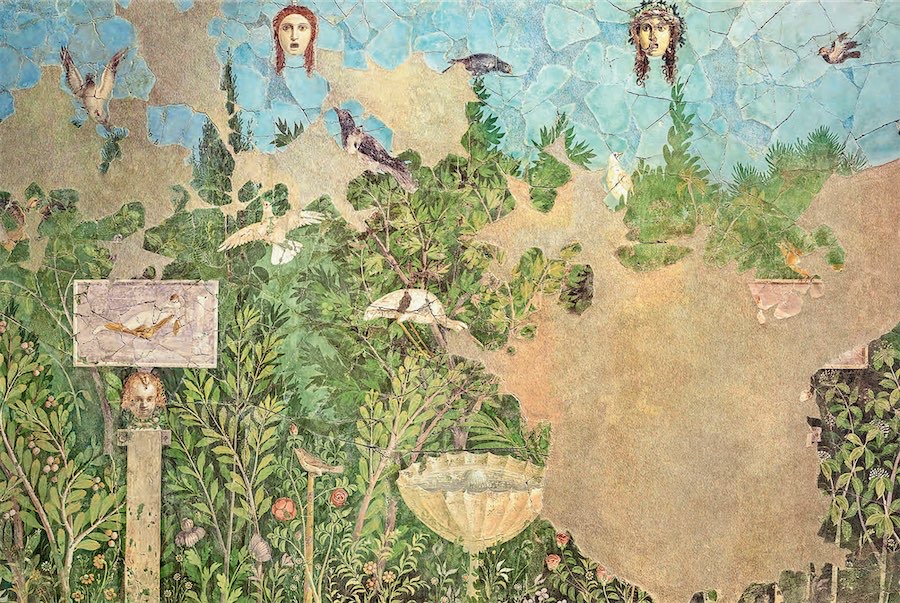
Craft / “Present Tending”, Kylie Banyard, Sara Lindsay, Rebecca Mayo, Ema Shin, Ilka White and Katie West. At ANCA Gallery, Dickson until March 26. Reviewed by MEREDITH HINCHLIFFE.
THIS exhibition arose from some impacts created by the pandemic, one being that many people – including artists – were obliged to work from home.
The curator, Rebecca Mayo, dyed each artist five metres of cloth with plants collected from Ngunnawal/Ngambri land.
“She posted the cloth to each with the simple instruction to use the cloth only in ways useful to their commitments in the home, studio or elsewhere, and to do so without creating undesired labour.”
“The cloth became an object and tool of care, an intermediary between the inevitable tensions and challenges of working from home.” (Room brochure, ANCA).
Several artists re-dyed, or painted on the dyed cloth, others used the cloth as it had been sent to her.
Ilka White has a deep passion about ecology, which informs her art practice. She is exhibiting three small works in the exhibition: a “Braided Hemp Pocket”, in the subtle and pale colours of the dyed cloth, a group of over-dyed samples, presumably from locally grown seeds, leaves, flowers and skins. These are arranged in a colour wheel – again the hues are sombre, but gentle.
The third work “Roots”, and perhaps the most challenging to make, is hand-spun from the frayed ends of plant-dyed braiding cloth. This is also a gentle work representing the roots of plants.
Sara Lindsay, who is represented in the National Gallery, has been a tapestry weaver for many years. She is showing a work of four parts – all the same dimensions – two being prints on paper and two using cloth. Lindsay over-dyed the fabric using flowers and plants from her own garden, creating a warm and happy yellow. Reserving one piece, she tore the fabric into narrow strips that she then wove into a small tapestry. She embroidered – in yellow – the word “YELLOW” at the bottom of the single piece.
This work is refined, and the most resolved in the exhibition.
Ema Shin divided the fabric into two, engaged her children, and used half as a playmat: together they created “Playmat for peace of mind’. Using water colours and coloured pencils all made marks on the fabric.
On the second piece, Shin used Sashiko embroidery to stich three squares, from a worn, inherited handkerchief, to the backing of the fabric provided. This ancient Japanese craft, formerly used for mending worn garments or other fabric objects, is currently in vogue as a decorative device.
Flipping the use of the fabric, Kylie Banyard is exhibiting large banners from canvas, appliqued pieces of the dyed fabric to it, and painted the surface with acrylics.
Katie West is showing the fabric in its entirety. Her work “Untitled”, hangs out from the ceiling on string from upcycled fabric.
Next to this work, sits a pile of handmade ropes by Rebecca Mayo. Together these works give an impression of the bush, which is no doubt in part from the colours of the cloth, coming as they do from plants.
The use of natural fibres, dyed with locally sourced plant colours, assists in creating a connection between these artists, and their audiences.
The exhibition is gentle and thoughtful.
Who can be trusted?
In a world of spin and confusion, there’s never been a more important time to support independent journalism in Canberra.
If you trust our work online and want to enforce the power of independent voices, I invite you to make a small contribution.
Every dollar of support is invested back into our journalism to help keep citynews.com.au strong and free.
Thank you,
Ian Meikle, editor




Leave a Reply